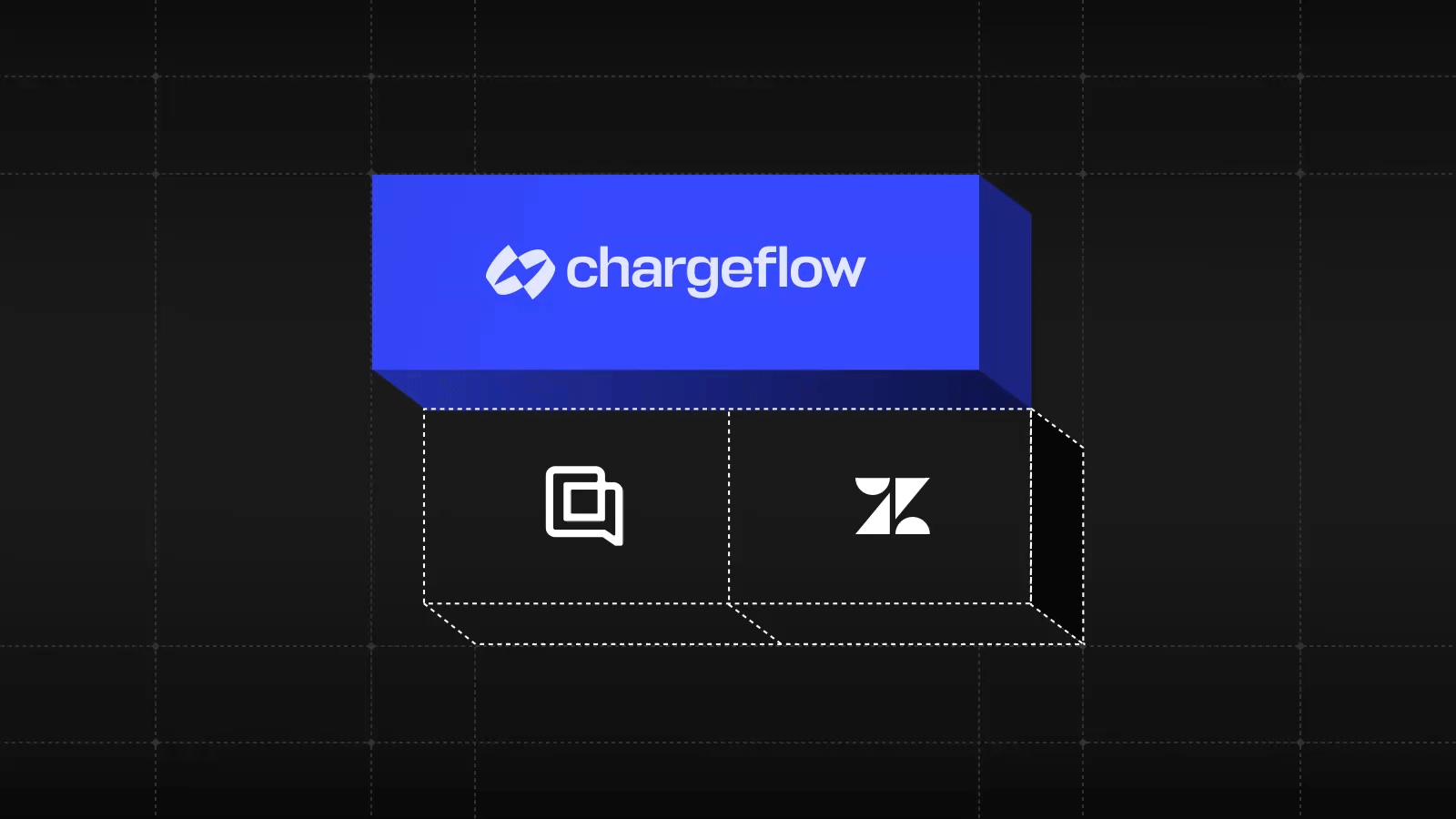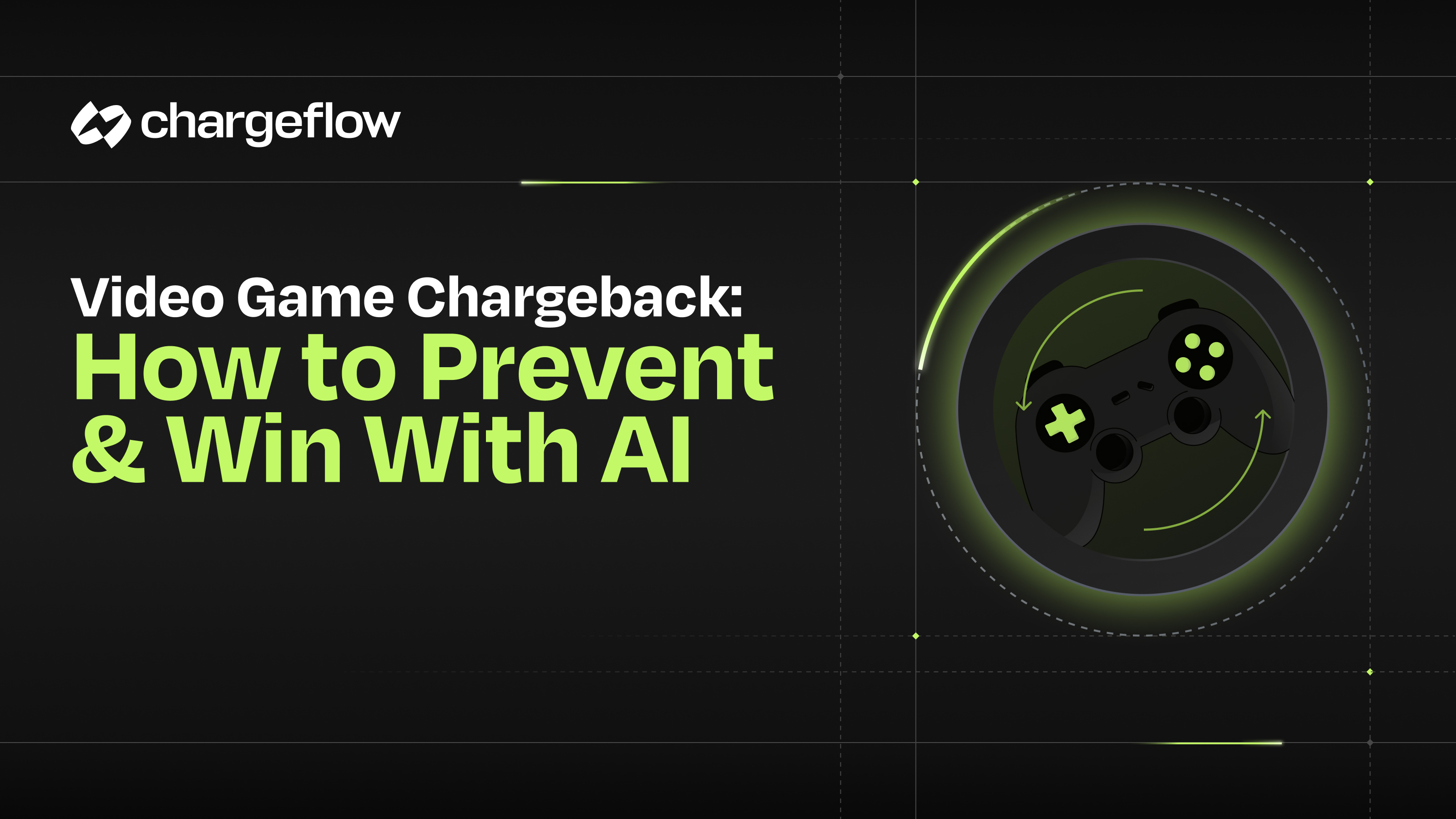Best Practices for Reducing Abandoned Carts on Your Shopify Store in 2025

Chargebacks?
No longer your problem.
Recover 4x more chargebacks and prevent up to 90% of incoming ones, powered by AI and a global network of 15,000 merchants.
By removing friction, building trust, and re-engaging your customers, you can significantly reduce abandonment rates. Each of these ten best practices helps shoppers feel more confident about completing their purchase.
Cart abandonment feels like watching a customer walk away from the checkout counter: products in hand, but no purchase made.
According to Statista, the global cart abandonment rate in 2025 is 70.19%. That means for every ten shoppers who add items to their cart, six to seven leave without buying.
The good news? Most abandoned carts can be recovered.
In this article, we’ll cover the 10 best practices to reduce cart abandonment on your Shopify store in 2025 – backed by examples, data, and simple action steps you can implement today.
10 Best Practices to Reduce Cart Abandonment on Your Shopify Store in 2025
Cart abandonment rates can be decreased by reducing the friction in buying a product.
The following are some of the best practices to reduce cart abandonment rates:
1. Leverage First-Party Data to Personalize Shopping Experiences
The information you collect directly from your customers is the most valuable asset. You can collect data from their browsing history, items added to their carts, and purchase frequency.
ETL tools can also help you collect and clean raw data between systems so it's ready for analysis. When you use these insights to deliver personalized experiences, customers feel understood – and are far less likely to abandon their purchase.
When customers feel your brand understands them, there are fewer chances that they will walk away in the middle of a purchase.
For example, Allbirds, which uses Shopify as its e-commerce store, relies on browsing behavior to personalize product recommendations. This ensures that each visitor sees items relevant, and product photos to their shopping history.
Action items:
- Set up customer segmentation in Shopify or a connected CRM tool
- Send product recommendations based on the surfing behavior, which is commonly used as an LLM in retail automation
- Be transparent about how you use data, and give customers control of what they share
2. Use Abandoned Cart Emails to Reactivate Interest
Sending generic reminders like “Hey, you left something behind” is no longer effective. Your messages should be personal, specific, and time-sensitive.
For example, a cosmetic brand may send an email like:
- Subject line: Still thinking about your perfect lipstick shade?
- Body content: Your Rosewood lipstick is waiting for you. Complete your purchase in the next 24 hours and enjoy free shipping from us.
Adding urgency and personalization turns reminders into conversations.
Action items:
- Send a 3-step sequence:
- 1st email within 1 hour
- 2nd after 24 hours
- Final reminder at 48 hours
- Include product photos and details for visual context
- Always include an offer – free shipping, a discount, or loyalty points
3. Start a Rewards Program
A rewards program acts as a psychological trigger. Shoppers often think, “I’ll buy this later,” but when they know they’ll earn points, perks, or discounts, they’re more motivated to check out.
For example, the Starbucks loyalty app keeps customers returning because purchases earn free drinks – and no one wants to miss out on rewards.
Action items:
- Use Shopify apps like Smile.io or Yotpo Loyalty to set up a program
- Reward purchases, referrals, reviews, or social shares
- Add checkout messaging like: “Complete your order now and earn 200 points toward your next reward”
4. Use Live Chat and Real-Time Support
If a shopper has doubts, they might never convert. Live chat helps answer questions instantly – from return policies to delivery timelines.
For example, imagine a customer hesitating to buy $200 headphones because they can’t find warranty details. A chat message like, “Have questions about this product? I can help!” can make all the difference.
Action items:
- Install live chat tools like Tidio, Gorgias, or Shopify Inbox
- Train chatbots to instantly handle FAQs about delivery, returns, and product details
- Keep the widget visible during checkout and product pages
5. Offer Multiple Payment Options
Different shoppers prefer different payment methods. Limiting them creates friction.
Offering various options – from digital wallets to Buy Now, Pay Later (BNPL) – expands your customer base.
For example, one Shopify store noticed Gen Z customers abandoning carts. After integrating Klarna, purchases rose among younger buyers who preferred flexible payments.
Action items:
- Enable multiple payment methods: Shop Pay, PayPal, Apple Pay, and Google Pay at checkout
- Add at least one BNPL option like Klarna, Afterpay, or Affirm
- Display trusted payment logos at checkout to signal security
6. Simplify Checkout
A complicated checkout process kills conversions. According to research, 17% of shoppers abandon carts due to a long or confusing checkout.
Amazon’s one-click checkout sets the gold standard: fewer steps, faster purchase. Shopify merchants can follow the same principle – simplicity leads to more sales.
Action items:
- Enable guest checkout so buyers don’t need to create an account
- Ask only for the essential information (address, payment details)
- Use Shopify’s one-page checkout to speed up the process
- Offer autofill options for returning customers
7. Use Exit-Intent PopUps
Exit-intent pop-ups act like a helpful store clerk catching a shopper before they leave. When a visitor’s mouse moves toward the close button, a pop-up can trigger an offer or reminder.
For example, a home décor brand reduced cart abandonment with a message saying:
“Wait! Complete your purchase now and get free shipping – today only.”
Action items:
- Offer limited-time incentives (discount, free shipping, bonus gift)
- Keep the pop-up short and visually clean
- A/B test different offers to find what converts best
- Install a lead tracker to follow up via other channels
8. Run Retargeting Ads
Just because someone left your site doesn’t mean the sale is lost. If a customer leaves without buying anything from your store, it doesn’t mean you can’t get them back. Use retargeting ads to remind customers of what they left behind.
Retargeting ads remind them of what they left behind – and why they wanted it.
For example, a Shopify shoe brand used dynamic Facebook and Instagram ads showing the exact sneakers left in the customer’s cart, plus a 10% discount.
This combination of familiarity and urgency drove them back to purchase.
Action items:
- Sync Shopify with Facebook Ads Manager and Google Ads
- Use product images from the abandoned cart in your creatives
- Use dynamic creatives featuring products left in cart. This process is streamlined with the use of an AI ad generator.
- Set frequency caps to avoid ad fatigue
- Segment audiences and only offer discounts to hesitant buyers
- Highlight differentiators like “Built to last” if reviews show durability concerns
9. Build Trust During Checkout
Your checkout page must look and feel secure. A lack of visible trust signals – like SSL or clear policies – can cause last-minute hesitation.
For example, an electronics Shopify store boosted conversions by adding SSL certification, payment logos, and a 30-day money-back guarantee badge.
Action items:
- Add SSL certification and ensure your domain shows “https://”
- Display payment logos (PayPal, Apple Pay, Mastercard) at checkout
- Show refund/return policies on checkout pages
- Include quick customer support links for reassurance
10. Use Social Proof
When shoppers see that others have bought and loved a product, they’re more likely to trust and buy it too.
For example, a skincare brand can showcase before-and-after photos or display messages like, “32 people purchased this serum in the last 24 hours.”
Action items:
- Install a reviews app like Judge.me or Loox
- Add real-time social proof widgets for recent purchases
- Feature testimonials and customer photos on product pages
- Engage with community reviews to build authenticity
Turn Cart Abandonment Into Conversions!
By removing friction, building trust, and re-engaging your customers, you can significantly reduce abandonment rates. Each of these ten best practices helps shoppers feel more confident about completing their purchase.
But even after checkout, disputes and chargebacks can still cut into your revenue. That’s where Chargeflow helps. Its AI-powered platform automatically fights and wins chargebacks, recovers lost sales, and prevents future disputes – saving you time and protecting your profits.
Ready to secure more conversions and stop losing money after checkout? Connect with Chargeflow and turn abandoned opportunities into lasting revenue.

Chargebacks?
No longer your problem.
Recover 4x more chargebacks and prevent up to 90% of incoming ones, powered by AI and a global network of 15,000 merchants.






























.png)








